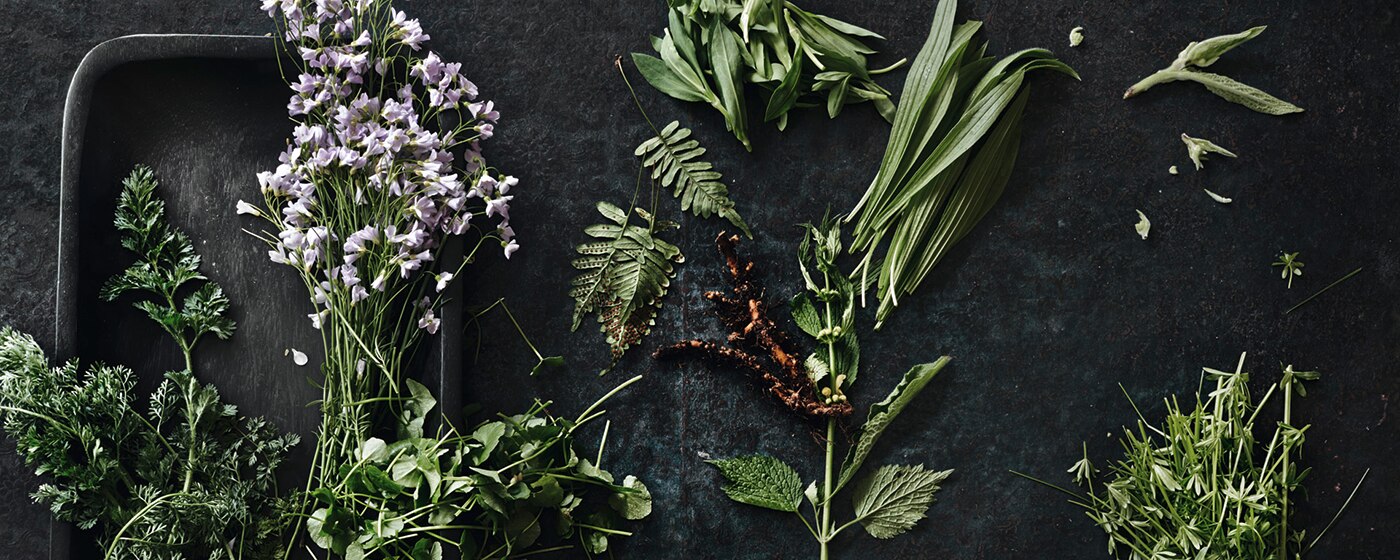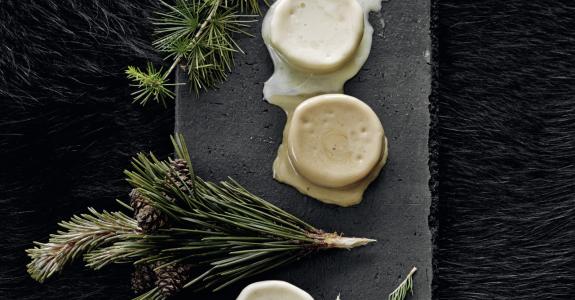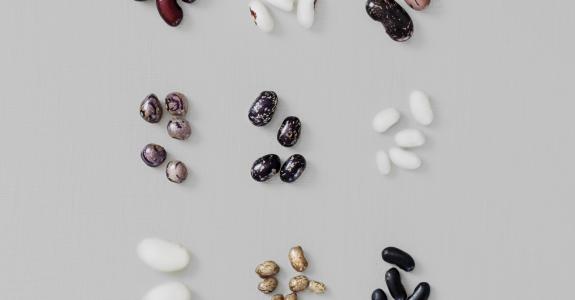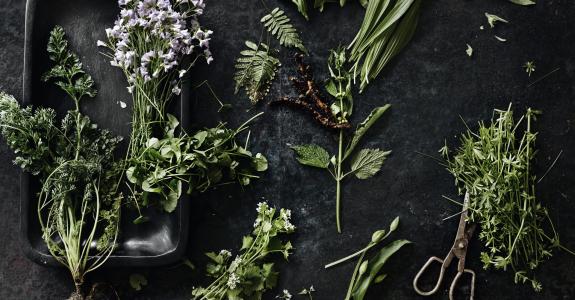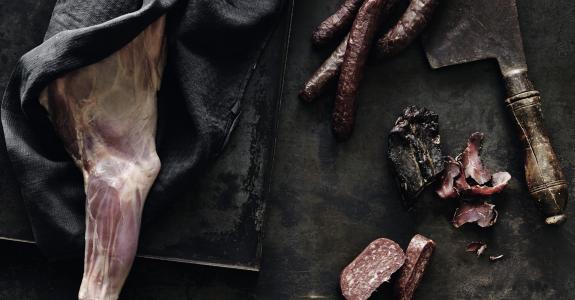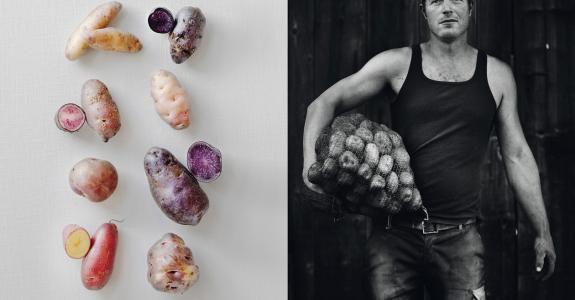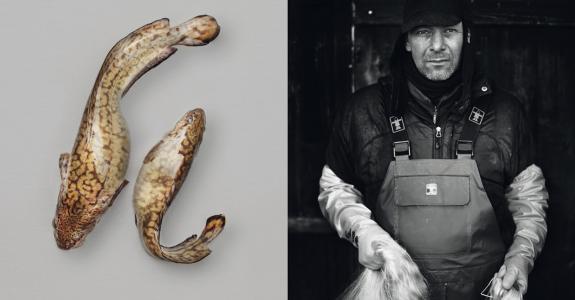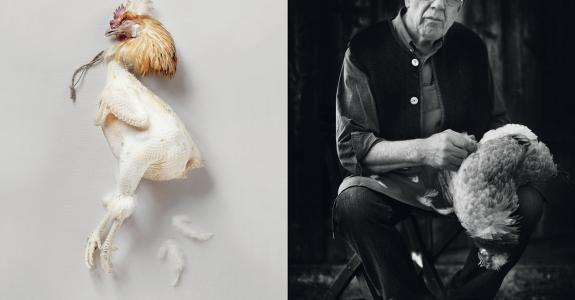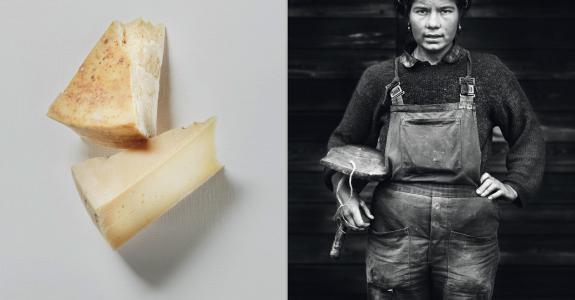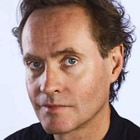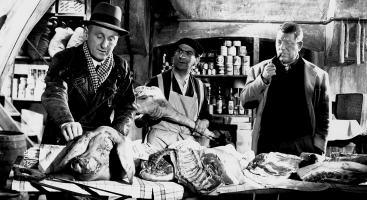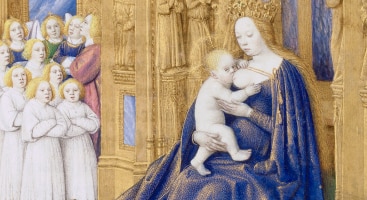Photographing food
A passion for cooking and eating can be a great way to get to know people and learn their stories. Photographer Sylvan Müller presents such encounters in his work. Extensive research is necessary to ensure that the aesthetics are just right, the stories come to life and the books have bestseller potential.
Photographer Sylvan Müller has devoted years to his passion: food and drink, and the stories that can be told about them. Yet his photographs are not so much perfectly captured depictions of different food products as stories about longings and desires, traditions and cultures. His book Mama kocht [Mum’s Cooking] is a collection of recipes by mothers, and a work on migration. Behind the memories of dishes from childhood and youth are many tales of immigrants. His two most recent works – Das kulinarische Erbe der Alpen [The Culinary Heritage of the Alps] and the accompanying Das Kochbuch [The Cookbook], both in collaboration with Dominik Flammer – are the outcome of years of research. They tell very affectionate stories about people, their kitchens and cuisines. Both books are bestsellers in German-speaking countries.
Sylvan Müller, you’ve been photographing food for years. What makes it so fascinating for you?
Presumably one is best at doing what one loves doing most (laughs). Since I was a child, I’ve always loved eating and cooking. And while studying photography I got very fascinated by still lifes. But I’m probably less of a photographer than a storyteller. I travel a great deal, and on my journeys there are always two things you can talk to people about: the weather, or cooking and food. Unlike the weather, talking about cooking is usually interesting and more intimate. Moreover, I find that food can be an ideal vehicle for discussing political topics without having to address them directly. And with food you can also tell a love story. Actually, the stories interest me more than the food.
Your photos have both an authentic and a staged quality. How do you use the creative devices of photography?
The line between aestheticizing things and turning them into kitsch is very thin. You have to be able to resist the temptation to embellish your subjects. I have found my best role models for reducing the vocabulary of form and design in Japan. I even once made a book on the Japanese cuisine. Important are one’s convictions about the effect of an object, the belief in the power of the product you are working on, though I am also very interested in forms and textures. From this perspective, food is a rewarding topic.
When does the composition of a still life work?
I tend to explore my compositions endlessly. I really enjoy rearranging my motifs, moving things around. For example, I can spend hours working on the positioning of a few beans, until suddenly everything falls into place.
How did you get the idea for Das kulinarische Erbe der Alpen?
A few years back, Dominik Flammer wanted to know more about cheeses but discovered there weren’t any suitable publications on the subject. He decided to do some research himself and wrote a book about cheese and its history, Schweizer Käse [Swiss Cheese].
And the idea for the two books on the Alps evolved from it?
Yes, we noticed there was hardly any sensual information on the history of food in the Alps. Dominik went through hundreds of books and records, researching very extensively. Our new books are popular scientific compilations on the history of nutrition in Alpine regions; at the same time they are very personal, inspired by our love of food.
You present each food opposite a portrait of its producer. Has this altered how you relate to food?
Of course, the products are the main focus, as they are what is historically relevant. But it soon became clear to us that we had to give each food a soul by identifying it with a key figure. Each product has its own “food hero”, which is why the portraits have a rather heroic quality. We call these individuals heroes because they have often achieved so much. We have frequently met people who are very passionate about making their products. Though I don’t want to overrate this aspect — sometimes they are just good salespersons.
How did you develop the photographic concept for the portraits and still lifes?
I worked for six months just on the visual concept for these two books until I knew I had found the right way to do it. I photographed each person in front of a wooden backdrop, using only daylight. These backdrops were on the north side of buildings, so my subjects were all looking south, their faces lit by the sunny slope opposite them. Everyone portrayed had to sit or stand without moving for long stretches, sometimes ten minutes or more, until they were relaxed and took on a dignity of their own.
I based the still lifes on old hand-coloured encyclopaedia illustrations in which the objects appear to be suspended or floating – that was how I wanted them to look. And for this reason, I painted a canvas over 20 times until its structure acquired a three-dimensional effect. I then lugged this canvas on my back to every shooting in the Alps.
How does it feel to be suddenly at the forefront of a trend?
One of my teachers often spoke of something having a “latent actuality”, of topics that were just beginning to interest people but about which almost nothing had been written. I worked six years on Mama kocht, and constantly expected someone to beat me to it. Of course, while working on the book I sensed that I might be anticipating the zeitgeist. But there is no guarantee. My publisher reassured me by saying that projects like that were so time-consuming, nobody else would actually attempt anything similar.
What personal pleasure do you get from photography?
Hunger and appetite for the products certainly help. I want to know how something tastes. Another pleasure is my enjoyment of form and the fun involved in creating things. And I take my time, I don’t have to hurry. Photographing food has a relaxing effect on me, similar to cooking.



